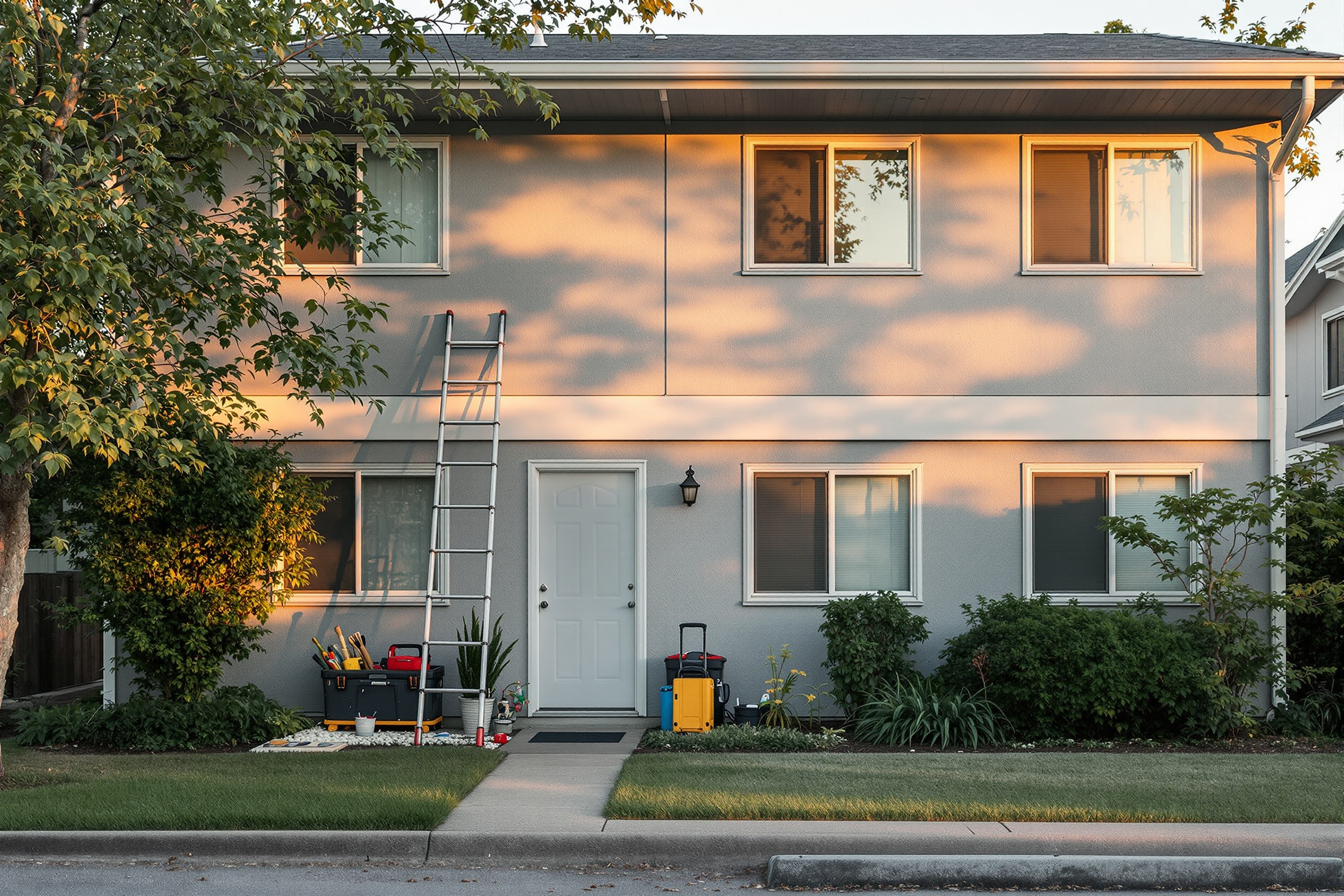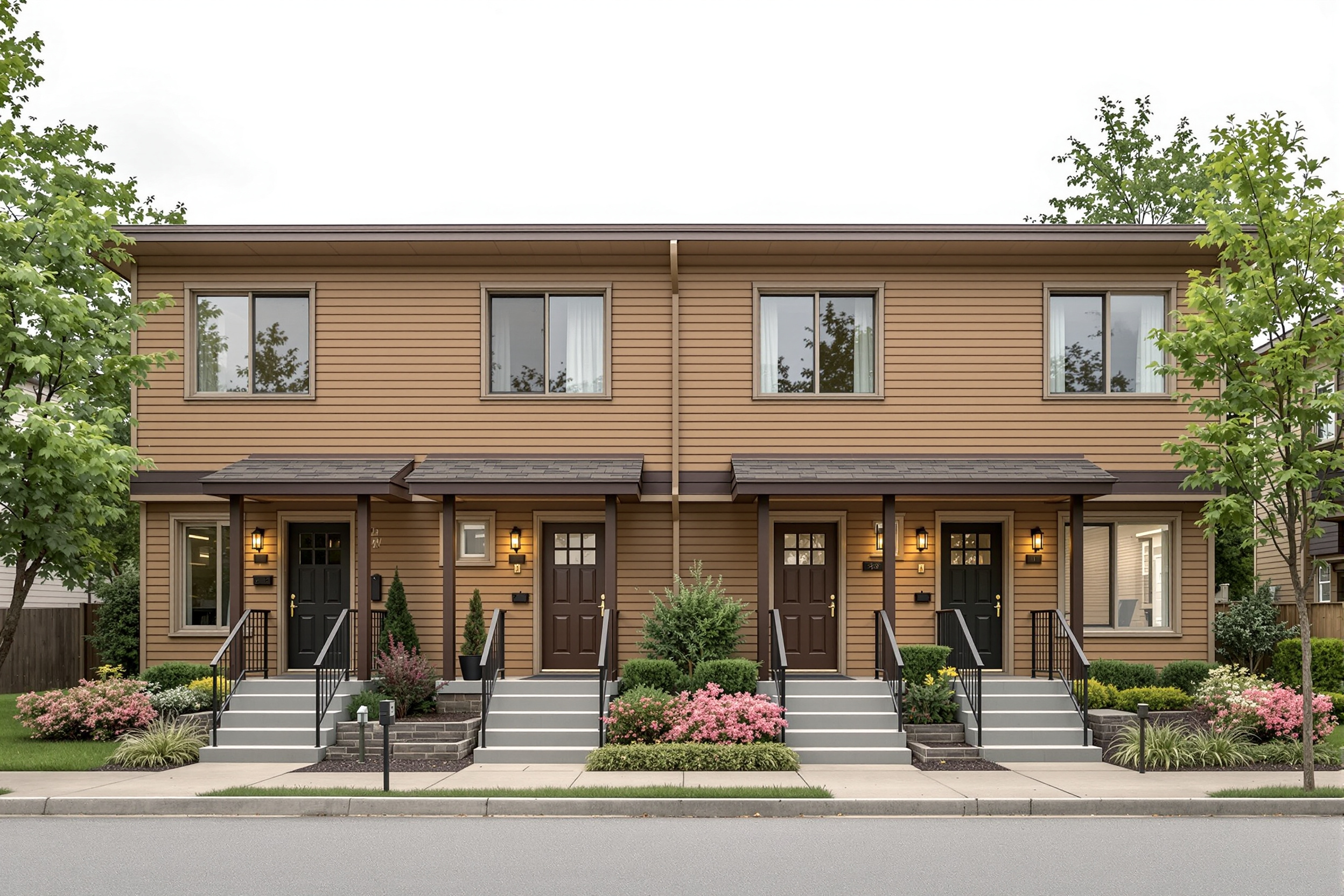Are you a landlord or real estate investor who often finds themselves overwhelmed by the amount of paperwork and disorganization related to tracking rental payments from tenants?
Having an effective system to track all your rental transactions is essential for running a successful real estate business.
That's why it’s critical to create a rent ledger. However, not just any rent ledger will do. A fillable rent ledger form can help you better organize your finances, stay on top of due dates, and get paid on time each month.
This article will discuss what a rent ledger is, the benefits of using one, and how you can create one for yourself. As a bonus, you’ll find a rent ledger template you can download for free.
How to Create a Fillable Rent Ledger (Plus Free Templates)
There are several options available when creating a rent ledger for your real estate business.
You can create a ledger from scratch using a spreadsheet or platforms like Google Sheets, Microsoft Excel, or Apple Numbers. You can also find pre-made templates online designed for use in conjunction with accounting software.
If you’re looking for a more traditional approach, hand-written ledgers are still an option, although they may require more effort. Whichever method you choose, include the following information to make your ledger as helpful and comprehensive as possible.
- Property owner
- Property address
- Property type
- Property size
- Zoning rules
- Name of tenant
- Size of the rental unit (ideal for a property with multiple units)
- Lease start and end date
- Rent amount
- Rent due date
- Date of payment
- Payment method
- Extra charges (e.g., utilities)
- Deposit amount
- Outstanding payments
- Extra column for notes or additional important information
A spreadsheet may be the best option for creating a fillable rent ledger. Spreadsheets are organized, easy to update, and offer visibility into your rental business finances. Nearly every computing device comes with that software installed.
The Benefits of Using a Rent Ledger as a Landlord
While it may feel tedious to keep your ledger up to date, there are several important reasons why you should.
Maintains Property Records
Signing a lease is an excellent way to begin tracking your property records. A ledger gives you instant insight into your property's financial performance at any particular period. It's even more critical for maintaining accurate and dependable records of your tenant's activities, particularly their rent payment history.
By having this information on hand, you can ensure both parties are upholding the terms of the lease agreement. In case of any disputes, you'll be able to reference these records for proof and resolution.
Without sufficient proof that a tenant did not honor the terms of their lease, like delayed payments, evicting them can become a challenging process.
Provides Documentation for Landlord Insurance
A rent ledger can be helpful to landlords when applying for landlord insurance. It offers documentation of rental payments.
Tracks Rental Transactions
A rent ledger makes tracking rent payments, late fees, additional rental costs, and deposit fees easier.
For instance, with tools like spreadsheets, you can filter details to search for specific tenant information. This process makes it easier to stay on top of all transactions, like tracking non-compliant tenants and how many payments they have missed or paid late.
Keeps Landlords Organized
Landlords can quickly and easily access their business records with a rent ledger. They no longer waste time manually looking through old paperwork to find needed information.
Instead, they can keep track of all their rent payments at a glance with just one click, allowing them to streamline the management of their property’s business. Landlords save time and energy while enjoying peace of mind knowing their finances are organized and easily retrievable.
Improves Tenant Management
A comprehensive and current rent ledger is crucial for landlords who want to ensure their business runs efficiently. Professional business management is essential for success in any industry, but especially for rental property management.
With a rent ledger, landlords can anticipate potential issues before they arise and increase their chances of running a profitable business. When managing a tenant relationship, a landlord can use their rent ledger to stay organized and on top of the situation.
For example, if a tenant's rent payments are late, the landlord can look at their rent ledger to easily see what payments have been made or missed. The landlord can react quickly and take any necessary action without searching through piles of paperwork.
Getting The Most Out of Your Rent Ledger
A rent ledger is an essential tool for landlords to track rental payments and property conditions accurately. By following these best practices, landlords can maximize the efficiency of their rent ledger.
- Track all tenant payments and update the ledger regularly.
- Document any changes in property conditions, such as maintenance orders, repairs, or improvements.
- Collect copies of signed rental agreements, certificates of occupancy, lease amendments, and other paperwork for each tenant.
- Schedule regular inspections of the rental property to identify any potential repair needs or future upgrades.
- Create detailed reports based on your rent ledger data to review past claims or analyze trends. Update the rent ledger whenever changes occur, including updates to tenant information or payment history.








